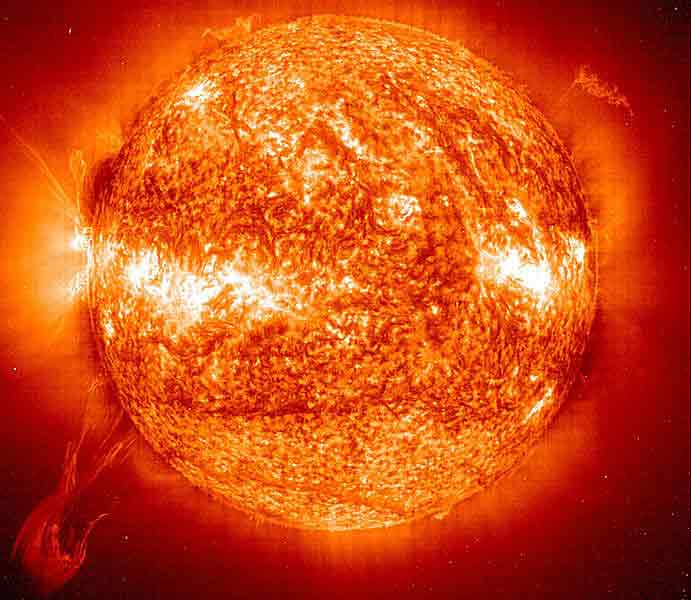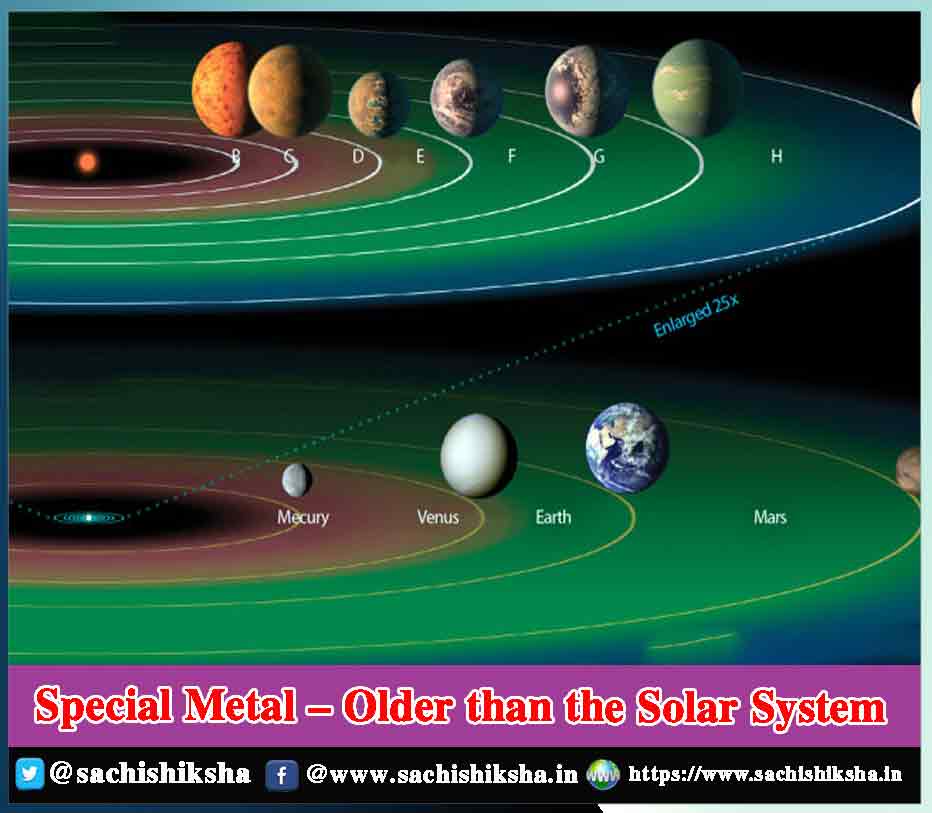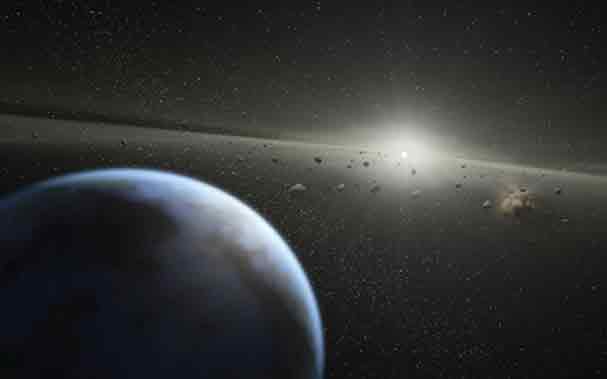Our Solar System, the Milky Way was formed some 4.6 billion years ago. Before it became a structured system it was a dense cloud of interstellar gas and dust. The cloud collapsed due to the shockwave of a nearby exploding star, called a supernova. This caused a solar nebula – a spinning, swirling disk material.
At the center, gravity pulled more and more material in. Eventually the pressure in the core was so great that hydrogen atoms began to combine and form helium, releasing tremendous amount of energy. With that our Sun was born. The matter furthered out in the disk was also coming together. Some of them grew big enough for their gravity to shape into spheres, becoming planets, dwarf planets and large moons. Other smaller leftover pieces became asteroids, comets, meteoroids, and small, irregular moons.
On our Planet Earth, a little more than 50 years ago, on September 28, 1969, a meteorite crashed near the rural village of Murchison in Victoria, Australia. Witnesses saw a the fireball streak through the sky and broke into three pieces just before 11a.m. local time, followed by a loud tremor in the area.
Locals came upon several fragments of the meteorite, the largest of which, with mass of 680 grams, crashed through a roof and landed in a pile of hay. In total some 100 kilograms of the Murchison meteorite were recovered and sent to the scientific institutions around the world.
The Field Museum in Chicago has the largest portion of the Murchison meteorite, a treasure trove that fell in Australia and the people of Murchison Victoria made it available to science.

A large number of microscopic grains of a mineral called silicon carbide from inside the meteorite were identified as interstellar – and therefore presolar -by 1990, but a precise age has been harder to pin down. Back then, the tools scientists used to analyze these grains weren’t advanced as they are now, so Heck and his team decided to submit the grains to the full gamut of tests.
Most presolar grains measure about 1micron in length or are even smaller. But the grains the scientists analyzed for the study were much bigger, ranging from to 2 to 30 microns in length. “We call them boulders,” Heck said. “We can see them with an optical microscope.” For the study Heck and his colleagues examined 40 of these so-called boulders from Murchison, grinding up bits of the meteorite and adding acid, which dissolved minerals and silicates and revealed the acid-resistant presolar grains. “I always compare it to burning down the haystack to find the needle,” Heck said.
Earth’s oldest material was just discovered and it was 7 billion-year old stardust.
The materials the researchers examined are called presolar grains-minerals formed before the Sun was born. These are solid samples of stars, real stardust. These bits of stardust became trapped in meteorites where they remained unchanged for billions of years, making them capsules of the cosmic time before the solar system, the researchers said. However presolar grains are very tiny and rare, found only in about five percent of meteorites that have fallen to the Earth.
The universe is full of star dust that predates the sun, but this is the first time such ancient grains have been found on our planet. That’s because even if such ancient grains collected on our planet while it formed, they were likely to be heated and transformed by planetary processes such as plate tectonics and volcanism.
But these grains survived on an asteroid that hadn’t really changed in billions of years. These grains which range from about 4million years older than our Sun up to 3 billion years older, were likely pumped out into the universe by dying stars and then picked up by an asteroid.
Once the presolar grains were isolated, the researchers figured out what types of stars they came from, and how old they were. “We used exposure age data, which basically measures their exposure to cosmic rays, which are high-energy particles that fly through our galaxy and penetrate solid matter,” explained Heck. “Some of these cosmic rays interact with the matters and form new elements. And the longer they get exposed, the more those elements form,” he said.
By measuring how many of these new cosmic-ray produced elements are present in a presolar grain, we can tell how long it was exposed to cosmic rays, which tell us how old it is, the researchers said. They learned that some of the presolar grains in their sample were the oldest ever discovered – based on how many cosmic rays they had soaked up.
Most of the grains – about – 60% dated to around 4.6 billion to 4.9 billion years ago. One possible explanation for why there were so many grains of this age is that they were all the product of a “little baby boom” of star birth in our galaxy that took place around 7billion years ago. “And then it took about 2 to 2.5 billion years for those stars to become dust producing,” Heck explained. When a star forms it doesn’t produce dust. During most of its life, the star doesn’t produce dust. The stars only produce dust at the end of their lives.” This discovery supports findings by other astronomers that indicate a dramatic spike in star formation around 7 billion years ago, the researchers reported.
Many of the grains weren’t travelling space alone, they journeyed as clumps, “almost like granola clusters,” according to Heck. Though it’s uncertain what bound these grains, other studies have shown that some presolar grains are coated with a sticky film of organic matter, which could have cemented these clusters together. Heck further states that the discovery of a furious starburst in microscopic grains wrapped in meteorite confirms that star formation ebbs and flows.
“Some people think that the star formation in the galaxy is constant. But thanks to these grains, we now have direct evidence for a period of enhanced star formation in our galaxy 7billion years ago with samples from meteorites. This is one of the key findings of our study,” Heck said.
It is just astonishing and mind boggling to think of everything those tiny specks must have passed through before landing on the Earth.















































